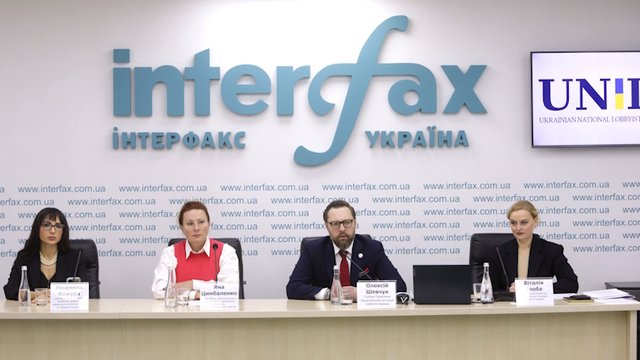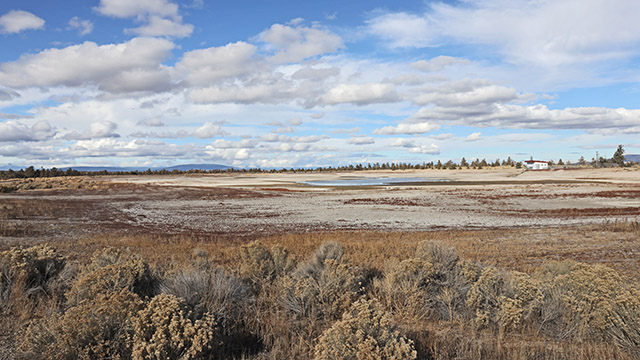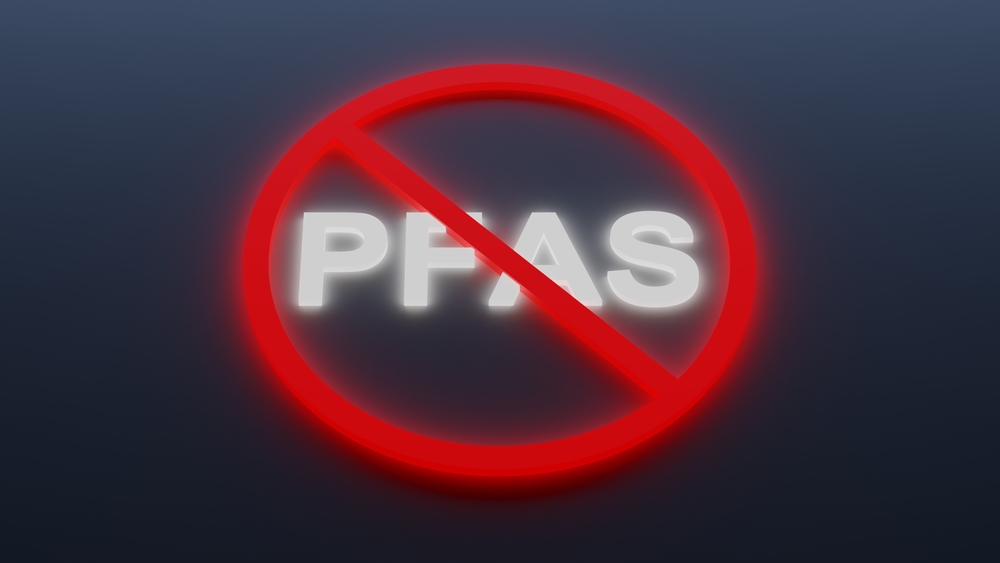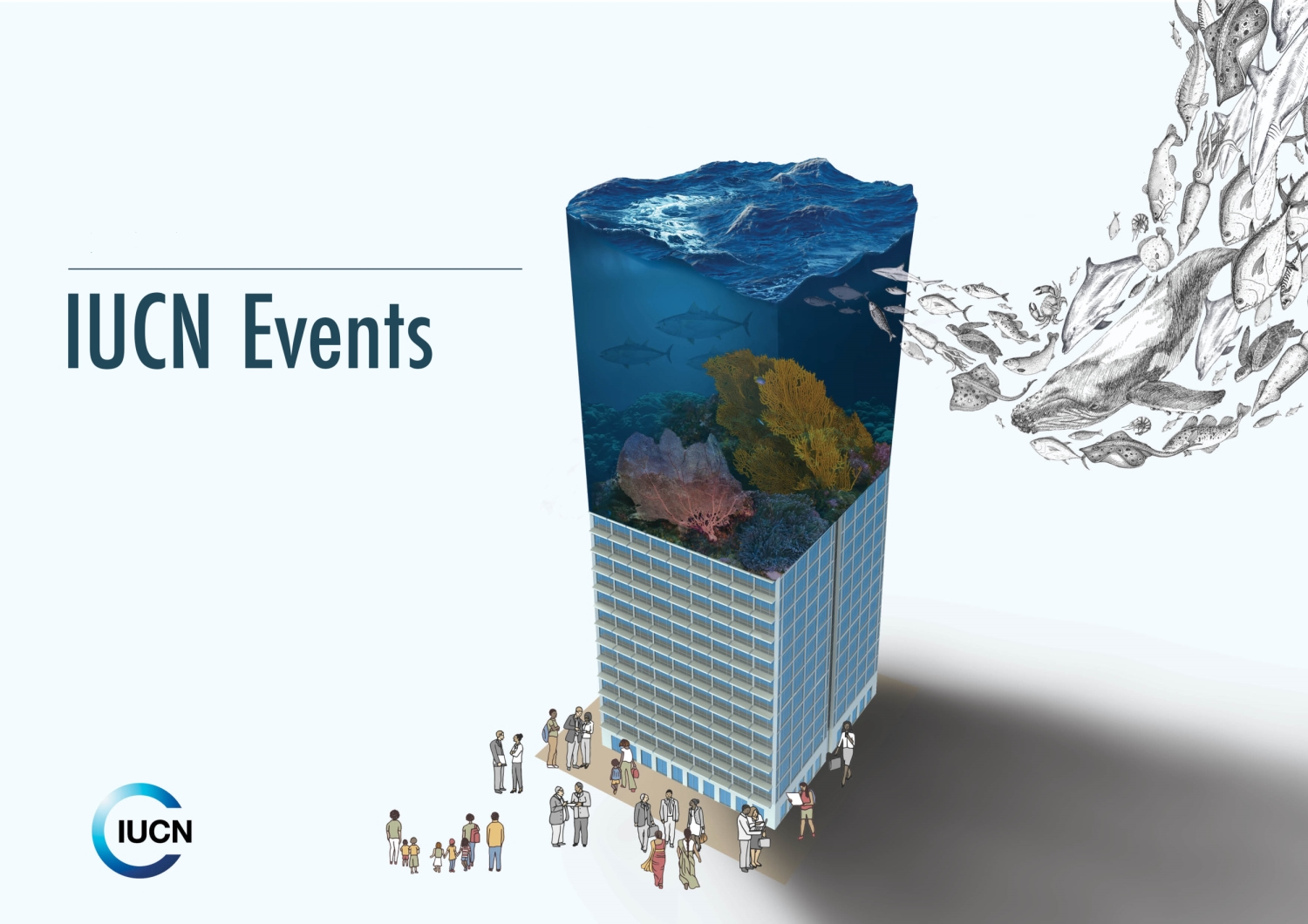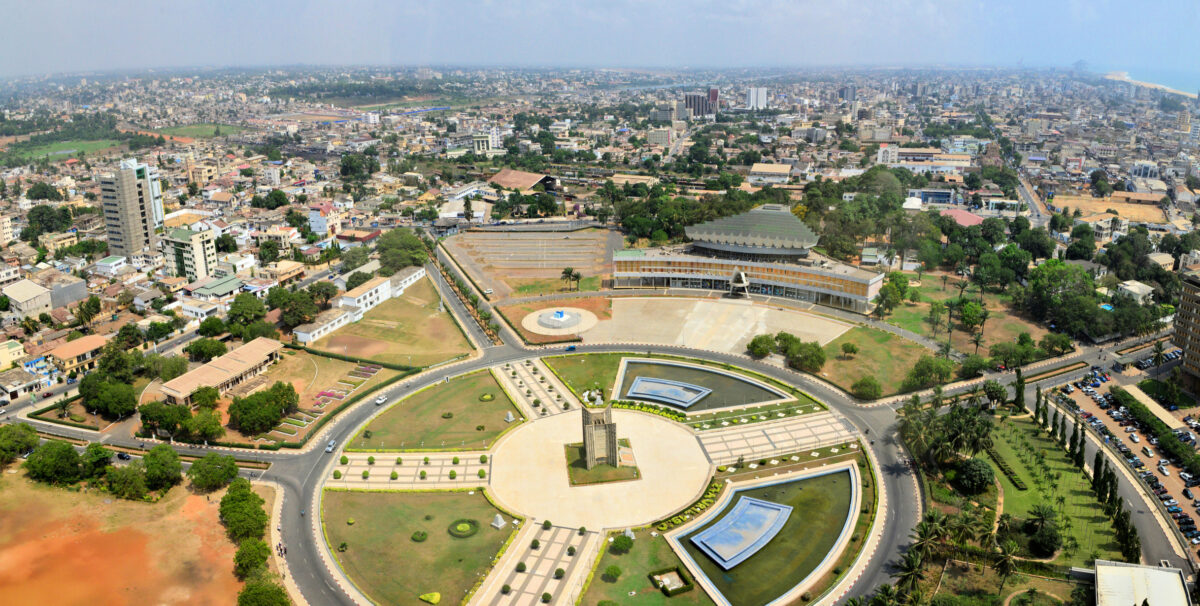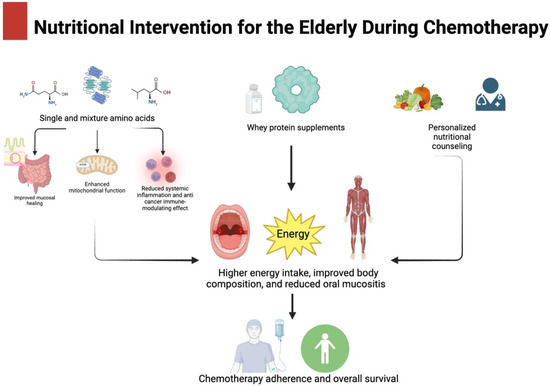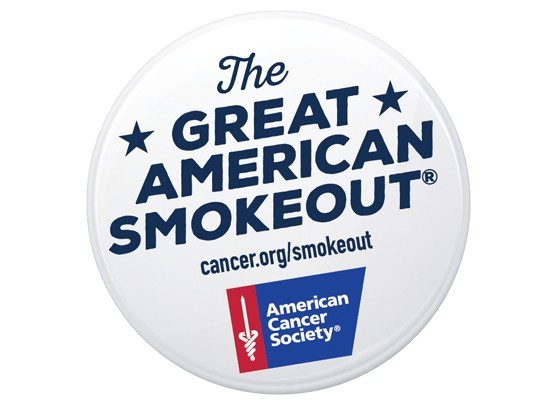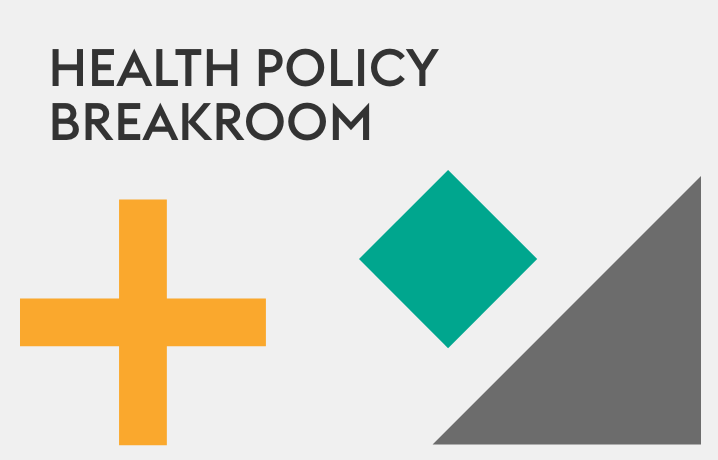NJ, DuPont in $2B Settlement Over Chemical Pollution – Cape May County Herald

Report on New Jersey’s Environmental Settlement with E.I. DuPont de Nemours and Co. and its Alignment with Sustainable Development Goals
Executive Summary
The State of New Jersey has secured a landmark environmental settlement with E.I. DuPont de Nemours and Co. (DuPont) valued at nearly $2 billion. This agreement represents a significant advancement in the state’s commitment to environmental remediation and public health, directly contributing to several United Nations Sustainable Development Goals (SDGs), including SDG 3 (Good Health and Well-being), SDG 6 (Clean Water and Sanitation), SDG 12 (Responsible Consumption and Production), and SDG 16 (Peace, Justice and Strong Institutions).
Settlement Components and Contribution to SDG 3 and SDG 6
The settlement, announced by state officials as the largest of its kind by a single state, is structured to address widespread contamination from per- and polyfluoroalkyl substances (PFAS), which are persistent synthetic chemicals classified as likely carcinogens. The agreement’s focus on eliminating these “forever chemicals” from the environment is a direct action towards ensuring public health and safety.
- Environmental Remediation: A commitment valued at approximately $1 billion for the comprehensive cleanup of PFAS and other hazardous substances. This action directly supports SDG 3 (Good Health and Well-being) by mitigating exposure to carcinogenic materials.
- Financial Compensation: An $875 million payment to the state. These funds will be managed by the Department of Environmental Protection (DEP) in a dedicated trust to address contamination issues, including the treatment of drinking water, which is a core target of SDG 6 (Clean Water and Sanitation).
Targeted Remediation Sites and Impact on SDG 15
The settlement mandates cleanup operations at four key industrial sites, addressing historical pollution and restoring contaminated land. This remediation is crucial for protecting local ecosystems and biodiversity, aligning with SDG 15 (Life on Land).
- Pompton Lakes Works, Pompton Lakes and Wanaque, Passaic County
- The Parlin site, Sayreville, Middlesex County
- The Repauno site, Greenwich Township, Gloucester County
- The Chambers Works, Pennsville and Carney’s Point, Salem County
Upholding Corporate Accountability and Strengthening Institutions (SDG 12 & SDG 16)
This legal action underscores the principle of corporate responsibility, a central tenet of SDG 12 (Responsible Consumption and Production). By holding DuPont accountable, the state reinforces the expectation that corporations must manage the environmental lifecycle of their products and bear the cost of remediation.
The successful litigation and settlement demonstrate the effectiveness of state institutions in enforcing environmental law, a key indicator of SDG 16 (Peace, Justice and Strong Institutions). As stated by DEP Commissioner Shawn LaTourette, “Polluters who place profit above public well-being…can expect to be held responsible to clean up their mess.”
Cumulative Efforts in Environmental Protection
This settlement is part of a broader state strategy that has recovered over $3 billion since 2019 to remediate environmental damage. Other major agreements contributing to this total include:
- A 2025 agreement with 3M for up to $450 million for PFAS contamination.
- A 2023 settlement with Solvay Specialty Polymers for $393 million to remediate PFAS contamination and compensate the public.
These collective actions highlight a sustained commitment to environmental justice and the achievement of the Sustainable Development Goals through robust legal and regulatory frameworks.
SDGs Addressed in the Article
SDG 3: Good Health and Well-being
- The article highlights the health risks associated with PFAS, which are described as “likely carcinogens.” The settlement funds are designated for cleanup and “drinking water treatment,” directly linking the environmental remediation efforts to protecting public health from hazardous chemicals.
SDG 6: Clean Water and Sanitation
- The core issue is the contamination of water resources by PFAS. The settlement, which includes a nearly $1 billion cleanup and an $875 million payment for issues including “drinking water treatment,” directly addresses the goal of ensuring access to clean and safe water by remediating pollution.
SDG 12: Responsible Consumption and Production
- The article focuses on holding a corporate polluter, DuPont, accountable for the environmental damage caused by its industrial activities. The settlement enforces the principle of environmentally sound management of chemicals and waste, making the producer responsible for the negative impacts of its products and byproducts.
SDG 15: Life on Land
- The contamination affects four specific land sites in New Jersey. The settlement mandates a massive cleanup of these sites, aiming to remediate the soil and restore the damaged “precious natural resources,” which is a direct action towards protecting and restoring terrestrial ecosystems.
SDG 16: Peace, Justice and Strong Institutions
- The article showcases the role of state institutions, specifically the Attorney General and the Department of Environmental Protection (DEP), in enforcing environmental laws. The successful legal action and record-breaking settlement demonstrate effective and accountable institutions holding a corporation responsible for its actions and ensuring environmental justice for the state’s citizens.
Specific Targets Identified
SDG 3: Good Health and Well-being
- Target 3.9: By 2030, substantially reduce the number of deaths and illnesses from hazardous chemicals and air, water and soil pollution and contamination.
- The article’s focus on cleaning up PFAS, which are classified as “likely carcinogens,” and using funds for “drinking water treatment” is a direct effort to mitigate the health impacts of water and soil contamination.
SDG 6: Clean Water and Sanitation
- Target 6.3: By 2030, improve water quality by reducing pollution, eliminating dumping and minimizing release of hazardous chemicals and materials.
- The entire settlement is aimed at remediating contamination caused by the release of hazardous PFAS chemicals into the environment, directly aligning with the goal of improving water quality.
SDG 12: Responsible Consumption and Production
- Target 12.4: By 2020, achieve the environmentally sound management of chemicals and all wastes throughout their life cycle… and significantly reduce their release to air, water and soil in order to minimize their adverse impacts on human health and the environment.
- The legal action holds DuPont financially responsible for the cleanup of its chemical waste, enforcing the principle of managing chemicals and their waste in an environmentally sound manner to protect human health and the environment.
SDG 15: Life on Land
- Target 15.5: Take urgent and significant action to reduce the degradation of natural habitats.
- The nearly $2 billion settlement and cleanup plan represent an urgent and significant action to address the environmental degradation at four specific sites caused by chemical pollution.
SDG 16: Peace, Justice and Strong Institutions
- Target 16.6: Develop effective, accountable and transparent institutions at all levels.
- The actions of the New Jersey Attorney General and the Department of Environmental Protection (DEP) exemplify effective and accountable governance. The creation of a “dedicated trust account managed by the DEP” for the settlement funds demonstrates transparency.
Implied Indicators for Measuring Progress
- Financial value of settlements: The article provides specific monetary values that can be used as indicators of accountability and the scale of remediation. This includes the nearly $2 billion settlement with DuPont ($1 billion cleanup and $875 million payment), the $450 million from 3M, and the $393 million from Solvay.
- Number of contaminated sites remediated: The article explicitly lists “four cleanup sites” (Pompton Lakes Works, Parlin site, Repauno site, and Chambers Works). Tracking the progress and completion of cleanup at these sites serves as a direct indicator of environmental restoration.
- Establishment of management funds: The creation of a “dedicated trust account managed by the DEP” is an indicator of transparent and accountable management of the settlement funds, ensuring they are used for their intended purpose of addressing contamination.
- Number of legal actions against polluters: The article mentions lawsuits commenced since 2019 and settlements with three different companies (DuPont, 3M, Solvay), which can be used as an indicator of institutional effectiveness in enforcing environmental law.
SDGs, Targets, and Indicators Analysis
| SDGs | Targets | Indicators |
|---|---|---|
| SDG 3: Good Health and Well-being | 3.9: Substantially reduce illnesses from hazardous chemicals and pollution. | Funds allocated to drinking water treatment from the $875 million payment. |
| SDG 6: Clean Water and Sanitation | 6.3: Improve water quality by reducing pollution and minimizing the release of hazardous chemicals. | The ~$1 billion cleanup of PFAS (“forever chemicals”) contamination. |
| SDG 12: Responsible Consumption and Production | 12.4: Achieve environmentally sound management of chemicals and wastes. | Total financial liability imposed on polluters (e.g., nearly $2 billion from DuPont). |
| SDG 15: Life on Land | 15.5: Take urgent action to reduce the degradation of natural habitats. | Number of contaminated sites undergoing remediation (four sites listed). |
| SDG 16: Peace, Justice and Strong Institutions | 16.6: Develop effective, accountable, and transparent institutions. | The record-breaking environmental settlement amount obtained by the state; creation of a dedicated trust account managed by the DEP. |
Source: capemaycountyherald.com

What is Your Reaction?
 Like
0
Like
0
 Dislike
0
Dislike
0
 Love
0
Love
0
 Funny
0
Funny
0
 Angry
0
Angry
0
 Sad
0
Sad
0
 Wow
0
Wow
0

















